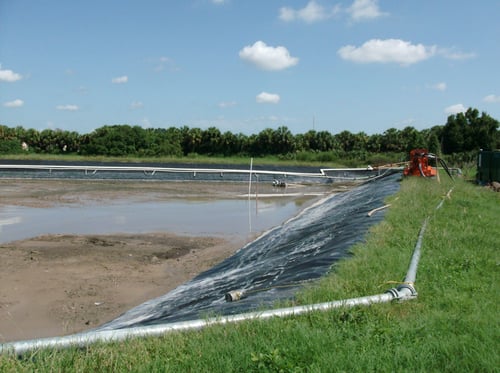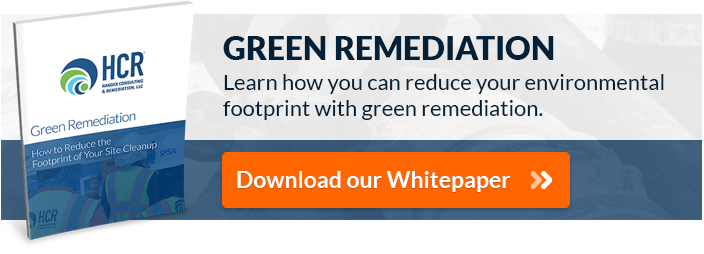
The goal of any cleanup program is to remediate the site quickly and redevelop the land in ways that benefit communities and local economies. Although cleanup strategies can vary from site to site, there are a few basic steps that are common across the board:
1. Initial Identification of an Issue
First, a receptor will identify an issue before we can investigate. For example, a receptor can be a person drinking from a water well at a private residence who notices a funny smell. In this case, the person or well is the receptor.
2. Phase 1 Investigation
The agency or contractor will come in and do the initial investigation. This involves a lot of research before any testing or groundwork is done to identify general parameters of what we are dealing with. At this stage, we are usually required to find rest of the receptors as well. If one person smells an odor, others probably do too.
3. Receptors Get Mitigated (Not Remediated)
We are dealing with symptoms but not the underlying problem just yet. A good example of mitigation would be delivering bottled water to the community so they are not drinking well water.
4. Phase 2 Investigation
More professionals and regulatory agencies will come in to test groundwater, soil and air; the three main areas of concern. In phase 2 you do some preliminary sampling and testing of the contaminated media to determine the extent of contamination.
Then, we work to delineate those media. How far has the contamination gone? How far or deep into the soil and what magnitude? This gives us enough information about the extent of the contamination to start remediating and fixing the problem.
5. Remediation
Remediation usually involves installing a groundwater treatment system and connecting the house to a public water system so the well can be abandoned. This cures the problem, rather than just the symptoms.
In the case of a contaminated site, you can’t fix it with just a new water line. You have to do extensive remediation. In some cases they are permitted as a permitted landfill, meaning it will never be cleaned up, but remediation systems are put in place to protect public from contamination.
6. Maintenance
If there is a remediation system or something that needs to be maintained, we spend time on that property operating and maintaining that system. If that system stops running, it may be more cost effective to set up administrative controls to prevent the use of that property unless permitted by a regulatory agency. Nobody is allowed to go in and drill a well for consumption. This is the final step and is not always necessary for every site.
Timely and Cost Effective Cleanup
Cleaning up a polluted site is a complex task and strategies can vary from site to site. For timely and cost effective cleanup, all outcomes should be considered before with the work of any given step.
Contact Handex to learn more about our work with superfund cleanups.



